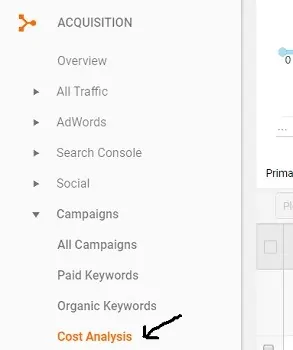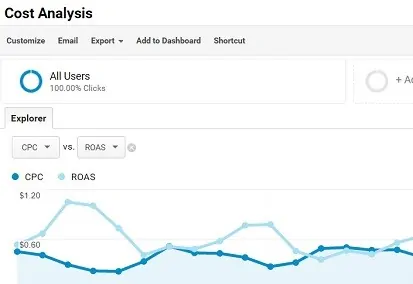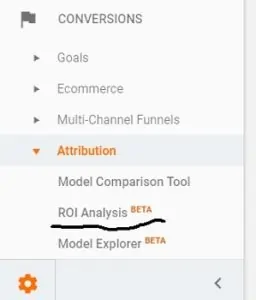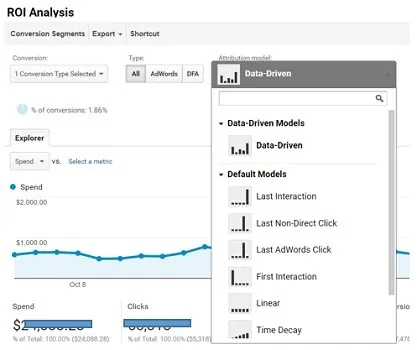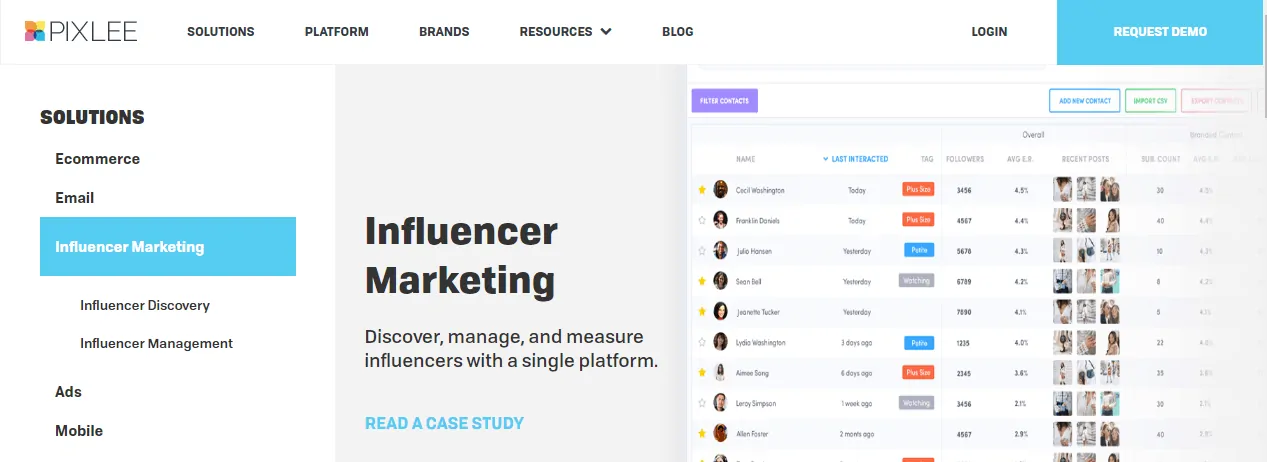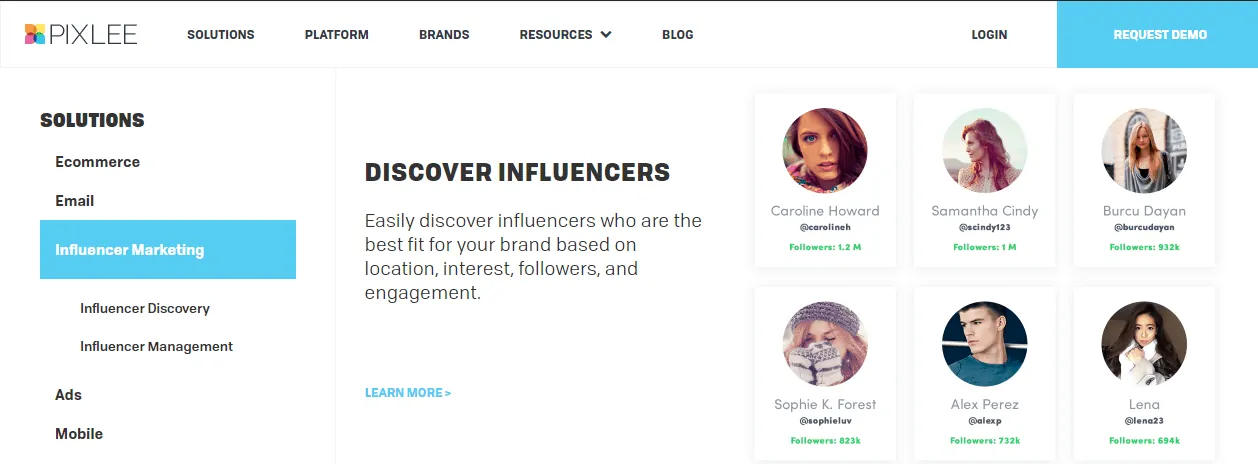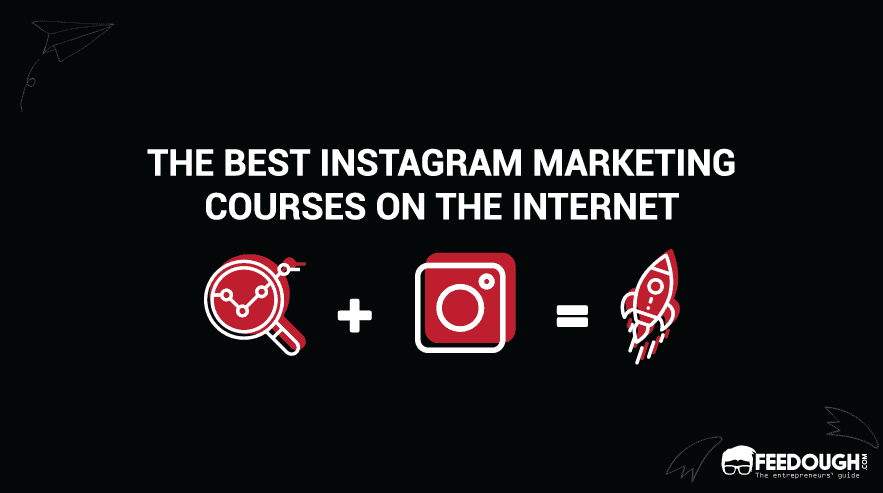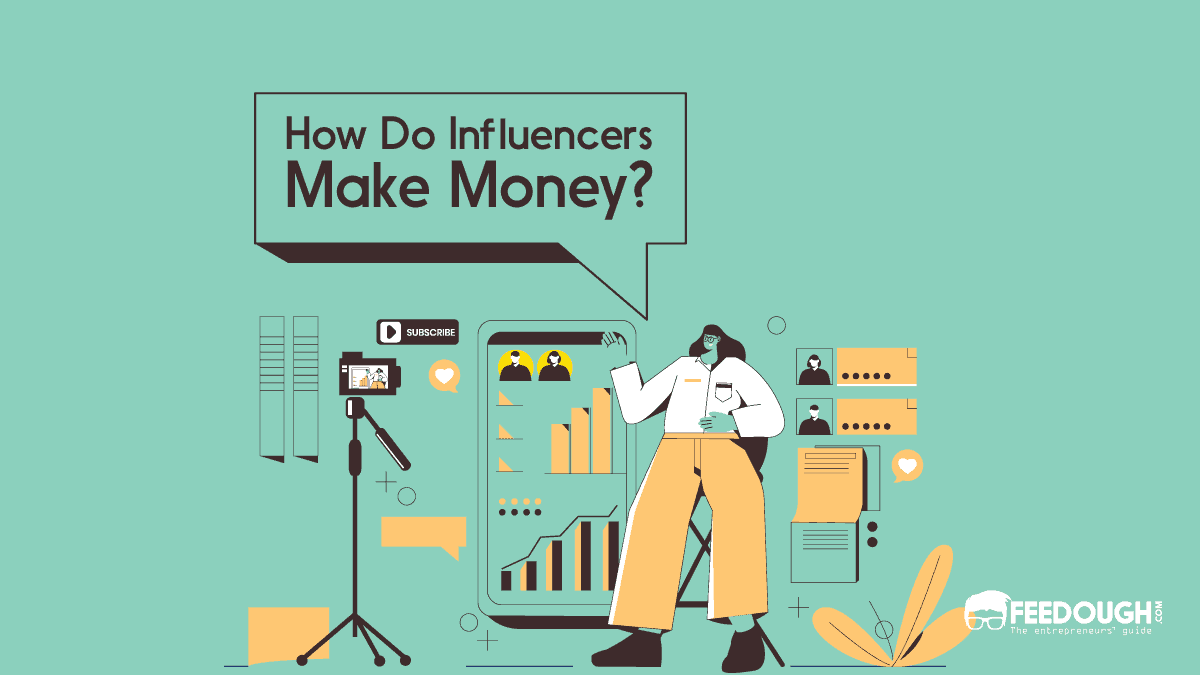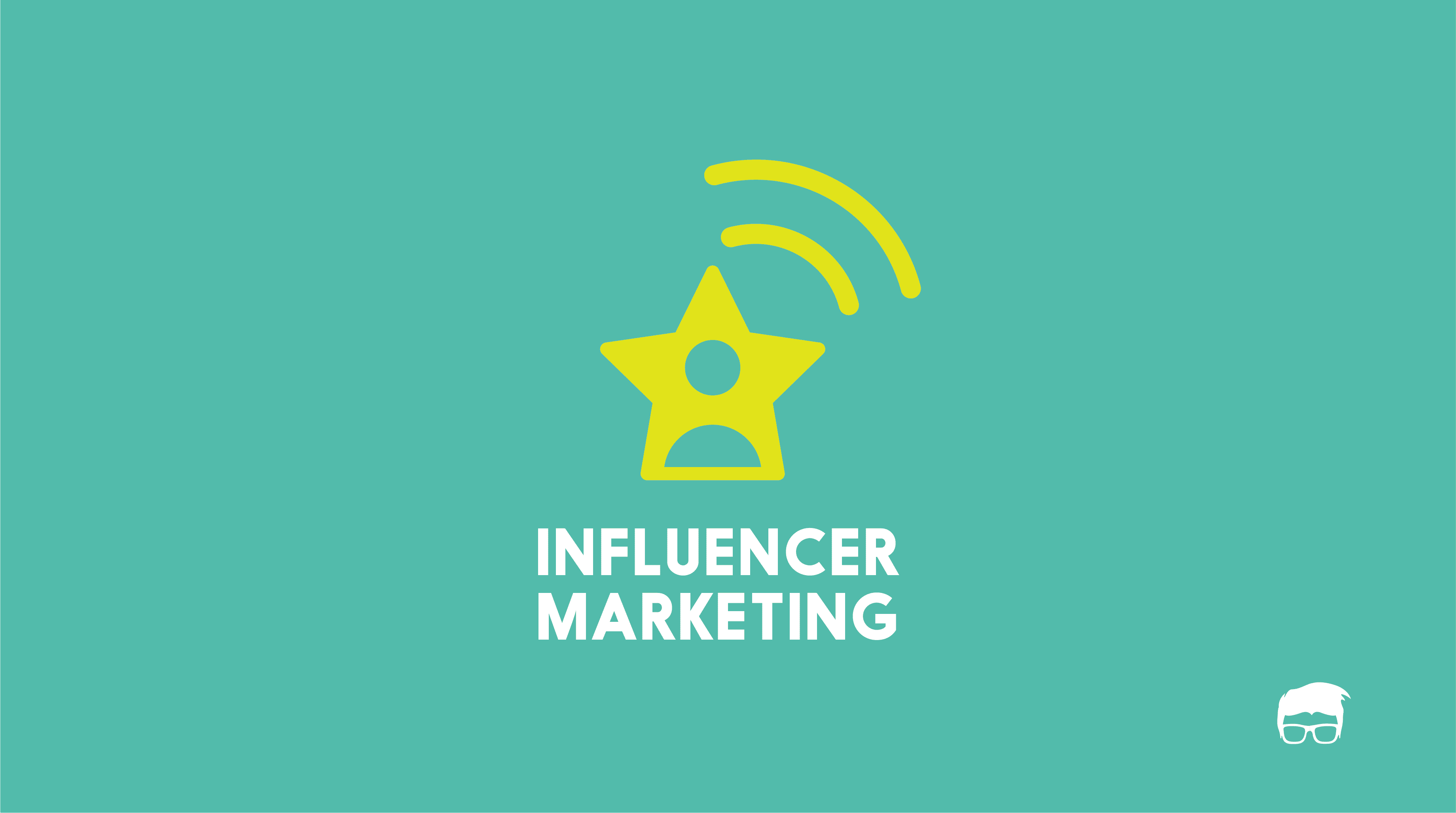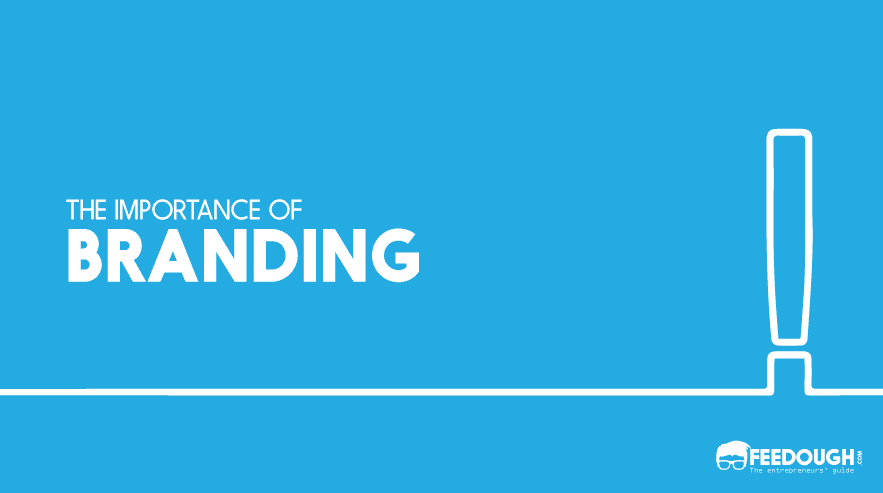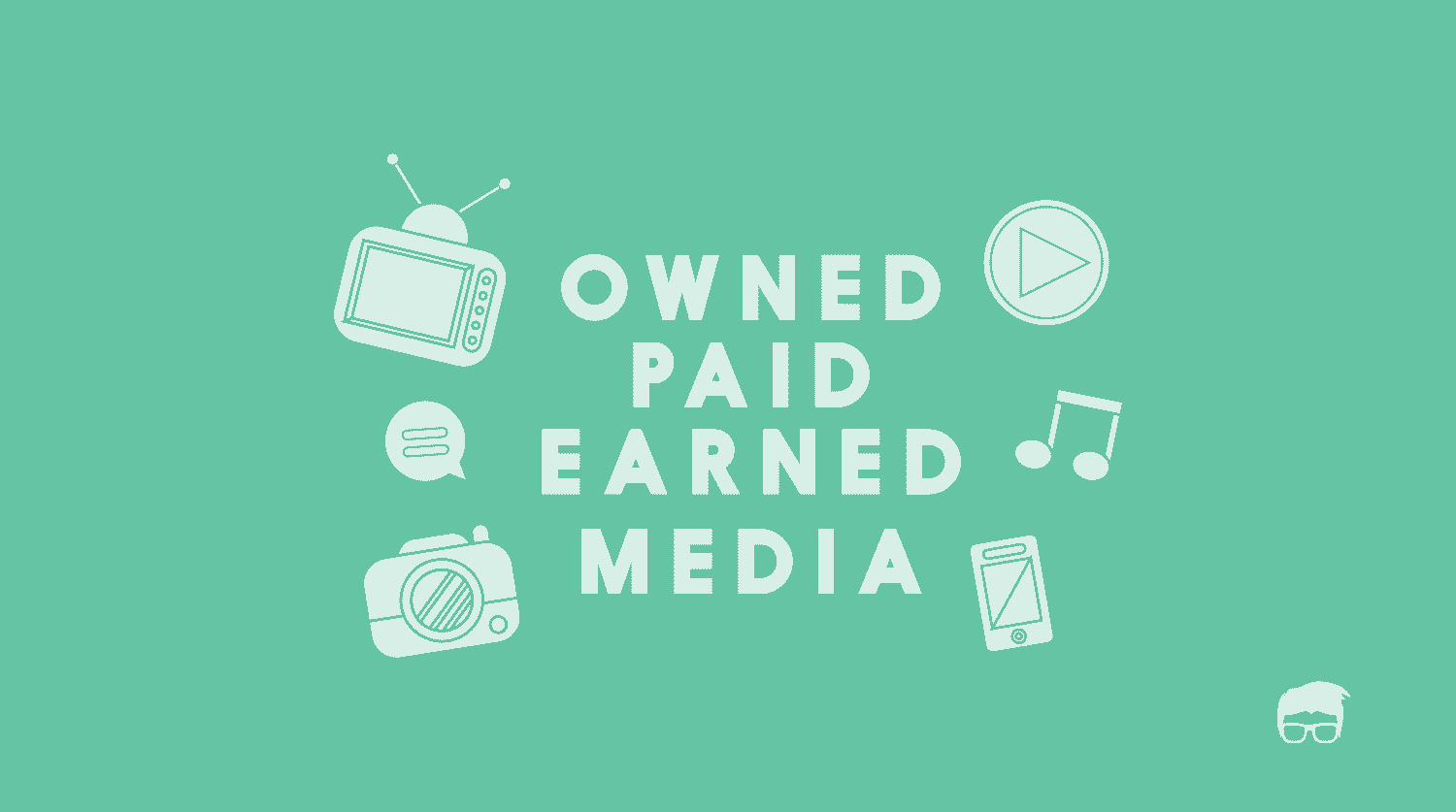Studies have proven that influencer marketing ROI is found to be 11 times more than that of banner ads and conventional advertising channels. That explains the “buzz” about influencer marketing ROI in the digital marketing sphere!
But there still exists a notion that it is impossible to measure the return on investment (ROI) for influencer marketing!
The good news is that we understand trends and are here to guide you through calculating influencer marketing ROI.
But for the absolute beginners –
What Does Influencer Marketing ROI Mean?
Influencer marketing ROI refers to the metrics of an influencer marketing campaign to quantitatively determine its efficiency with respect to the investment.
In order to calculate the return on investment for influencer marketing efficiently, the objective and goal of the campaign must be clear. While for an established brand, this may mean boosting sales, for an upcoming brand it may mean building brand awareness. In both cases, the influencer launches a market campaign and calculating the ROI helps tangibly ascertain the success and efficiency of the campaign.
Why Is ROI Important?
Why at all should a brand calculate the ROI of influencer marketing? Why not merely let the influencer do “their thing”? The simple answer to that is –
Influencer marketing has grown to become a $5-10 billion industry. Therefore, it is very important to capture the market at this growth stage. And the only way to ascertain whether or not investments in this industry are fruitful is through calculating its ROI. The practical use and impact of calculating ROI are:
-
Measuring Profitability
By way of calculating the influencer marketing ROI, a brand can clearly understand the returns generated per dollar invested in the influencer’s campaigns. Once a brand has estimated the returns generated per unit invested, the allocation of resources becomes more practical, such as – budget, time, number of members for the team, etc.
-
It Helps Estimate Cost-Per-Engagement
Cost-per-engagement (CPE), though quite similar to profitability, refers to the revenue generated from the ‘clicks’. Depending on the social media platform used, these ‘clicks’ refer to – likes, comments, views on videos, etc. CPE has been found to be as low as $0.01 (one cent), for influencers. Therefore, its vital to continually calculate the ROI and make us of its results to improve CPE.
-
Establishing Key Performance Indicators (KPIs)
Key performance indicators are used to quantitatively determine the success of a brand. Calculating the ROI of influencer marketing not only helps with estimating returns but helps in estimating KPIs too. This includes conversion rates, referral traffic, and influencer consumer loyalty.
-
Finding The Best Performing Channel
Another huge impact of calculating influencer marketing ROI is that it can be done platform-wise. A brand making use of influencer marketing can estimate the ROI based on every channel. This briefly means that you can estimate what are your returns from influencer marketing on Instagram versus on Facebook versus on Medium, etc.
Measuring Influencer Marketing ROI
While the statistics from the previous section establish the growth of influencer marketing ROI, they do not explain how to do about calculating the same. This step-by-step section will act as a guide on measuring influencer marketing:
Influencer Marketing Objectives
The first and most important step toward calculating the ROI is setting clear goals and objectives. This is an important step not only for measuring ROI but for influencer marketing too. Setting objectives entails two aspects:
- What are the goals of your influencers?
- What is the brand’s goal through the marketing process?
While it is more likely that a brand working with influencers at the moment might have already defined its goals, it’s never too late to start. Defining goals helps narrow down the focus aspects of the ROI. For instance, if the goal is visibility and awareness, the focus ROI aspect would be ‘are people noticing the brand?’, but if it is engagement, the focus ROI aspect would include cost-per-click revenues and cost-per-engagement revenues.
Influencer Marketing Campaign Metrics
The next step to determine and note the metrics to be targeted. Is the focus metric ‘growth’ or is it the ‘duration’ users engage with?
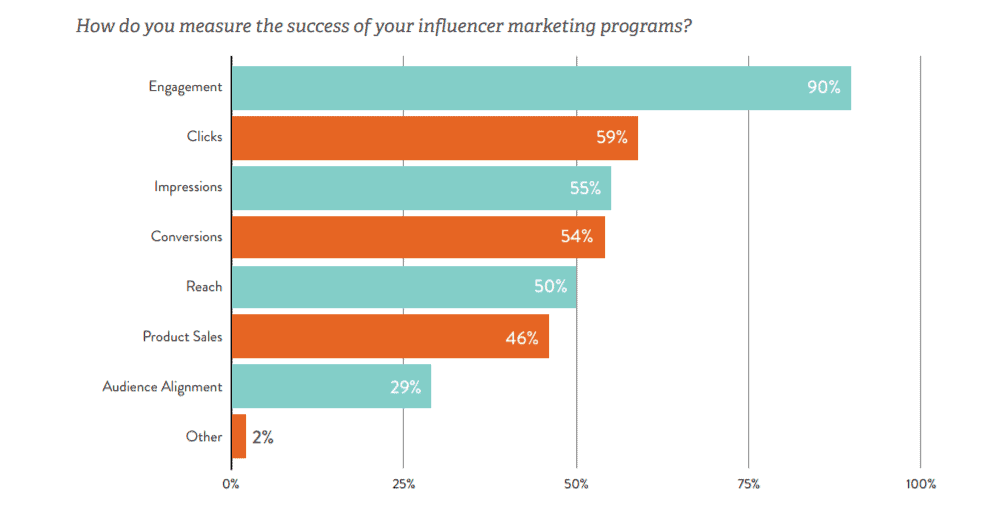
According to a Linqia study, the most widely used metric has been ‘engagement’ (cited by 90%). While it is not necessary to narrow down a campaign to a singular metric, one must note that majority of the marketers make use of clicks (59%), impressions (55%), and conversions (54%) too. Along with these, metrics including ‘reach’ and ‘product sales’ have gained popularity too.
Roi Calculation
The point of determining ROI is to ascertain whether the returns from the campaign are positive for the brand or negative for the brand?
The simple formula for the calculation is:
ROI = (Profit – Investment)/Investment x 100
A simple example to help understand better would be, assume that Feedough has started influencer marketing and wants to calculate its ROI. After laying down a clear blueprint of goals and focus metrics, we decide:
Case 1
- Campaign Investment – $5000/-
- Number of influencers – 3
- Social media channel – Instagram
- The value generated after 1 month – $8000/-
Now applying the formula would look like:
ROI = {(8000-5000)/5000} x 100
ROI = (3000/5000) x 100
ROI = 0.6 x 100
ROI = 60%
Case 2
- Campaign Investment – $5000/-
- Number of influencers – 3
- Social media channel – Quora
- The value generated after 1 month – $2500/-
Now applying the formula would look like:
ROI = {(2500-5000)/5000} x 100
ROI = (-2500/5000) x 100
ROI = -0.2 x 100
ROI = 20%
This means that in case 1 for every dollar invested, the company has made a return of positive $0.6, a profit. On the other hand, in case 2, for every dollar invested, the company has made a return of negative $0.2, a loss. Therefore, this would help Feedough understand that hypothetically, investing in Instagram influencers is better than investing in Quora influencers.
Return On Investment Analysis
An ROI analysis helps in moving beyond the superficial ROI numbers. What does ROI analysis mean?
“ROI analysis refers to the detailed assessment of the profitability of an investment.”
From an influencer marketing point of view, an ROI analysis can be as simple as dividing the ROI calculations based on relevant factors. Such factors include:
- Social media platforms (How is the ROI through a Twitter influencer? How is it through a Facebook influencer?
- Age (How is the ROI if the influencer is a late teen? How is it when the influencer is a young adult?)
- Gender (How is the ROI when the influencer identifies as a male versus female? How is it when the influencer identifies as non-binary?)
What Is A Good ROI?
What does ‘good ROI’ mean?
Good ROI refers to the most efficient ratio between return and investment.
In the context of influencer marketing, it basically means, when you spend $1 worth investment into influencer marketing, what should you ‘ideally’ expect in return?
A good ROI is considered to be 5:1.
5:1 essentially forms the centre of the bell curve. A return to investment ratio lower than 5:1 is considered to be poor ROI, while above 5:1 is considered to be great.
Influencer Management Platforms
Using the aforementioned formula, any brand can easily and quickly calculate the ROI. For increased efficiency, the formula can be expanded to include various other engagement related metric data. In case you wish to go about the complex way too, this guide has got you covered. This section elaborates on the top easiest and free ROI calculation platforms:
Google Analytics
Google Analytics is a great tool, especially for tracking and managing influencer marketing, but for other channels of marketing too. The reason why Google Analytics is considered great is its provision of free tools that permit close analysis of business data – all in one place.
Apart from it being easy, estimating social media ROI through Google Analytics has become easier than ever. Google Analytics helps calculate the ROI but, more broadly, the ROAS, that is, the Return On Advertising Spend.
But, nevertheless, ROAS analysis aids the estimation of the ROI.
Firstly, the ‘cost analysis’ report function can be used through Google Analytics. This can be done by following these steps:
- Go to the ‘acquisition’ button
- Next click on the ‘campaigns’ button
- Lastly, click on the ‘cost analysis’ button
- If your cost data is imported into your Google Analytics account, the report would look like this.
Secondly, in order to make use of the ROI analysis feature the following steps can be followed on any Google Analytics premium account:
- Begin by navigating to the ‘Conversions’ section
- Next click on the ‘Attribution’ button
- Now the option ‘ROI Analysis’ would be in the dropdown menu
- This ROI analysis report would like this:
- Interpretation of the ROI analysis report: Though confusing this report is very detailed. For a general report, the ‘data-driven’ report would be sufficient. And for any specific report related to the interaction of users, time-based engagement, non-direct clicks, etc. the appropriate option from the dropdown menu may be selected.
Pixlee
Pixlee offers a great platform to help brands track influencer activities and results. It helps in organizing, tracking, and managing the influencer networks to, in turn, strategize and build market value. One of the marketing tools on Pixlee includes ROI tracking.
Using Pixlee’s influencer management tools, companies could easily connect their influencer programs to their efforts with a hard ROI. Thereby tracking the impact and efficiency of influencer marketing campaigns.
- Using Pixlee one has the option of choosing between ‘influencer discovery’ and ‘influencer management’.
- Through the ‘influencer discovery’ option one can look for hiring influencers and their portfolios
- Using the ‘influencer management’ option you can track the ROI, engagement and various important KPIs through column-wise data of – last interaction; followers; ROI; engagement; number of posts, etc.
Hubspot
Last, but probably the easiest platform for ROI calculation is Hubspot. Hubspot provides the user with 4 basic entry fields somewhat like this:
- Enter the estimated number of campaign visitors per month in the first entry box
- Next, monthly leads refer to the estimated number of leads generated per month.
- Next enter the number of customers who made purchases in the month.
- Lastly, enter the estimated sales revenue per month in the ‘monthly sales price per customer’ entry box
- Then click on the ‘calculate’ button
Any user can easily enter the respective fields, and click on the ‘calculate’ button to get the ROI value. The only disadvantage is that Hubspot is not as wholistic as the previous two websites in terms of tracking other marketing metrics.
Go On, Tell Us What You Think!
Did we miss something? Come on! Tell us what you think about our article on Measuring Influencer Marketing ROI in the comments section.
A marketer with a specialisation in Economics, Law and Computer Studies. Performed social media marketing for McDonald’s, GoIbibo, and LaughGuru.

